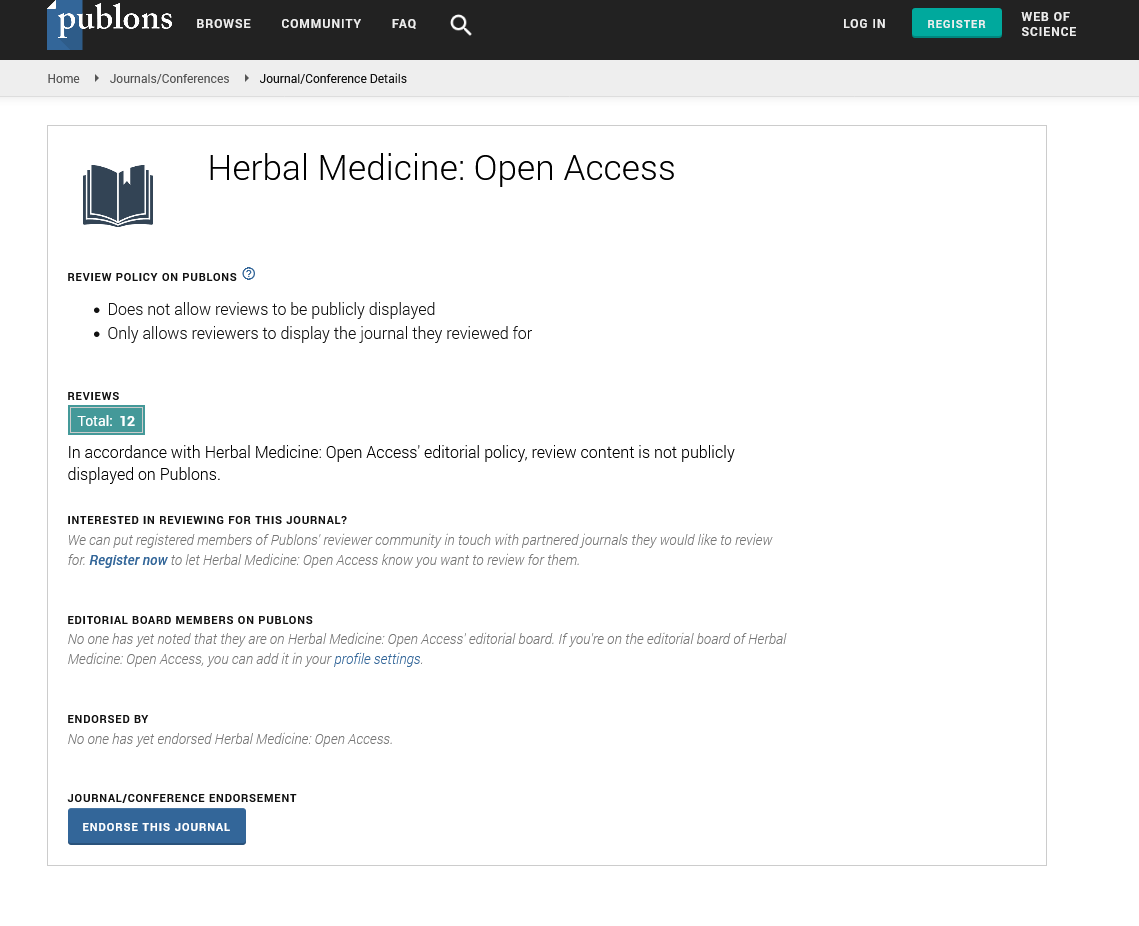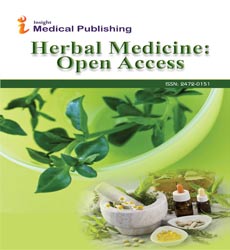Abstract
Interconnectivity of food and health
Cancer may be a word that describes an outsized number of related diseases. It’ll affect about one in three of the Western population. The disease requires expertise from many disciplines if it’s to be cured or adequately palliated. Much has been written about cancer and its treatment.
Management of cancer involves variety of clinical disciplines. An easy presentation of a cancer can (and should) draw on these and other health care professionals.
With the event of simpler additional therapies for cancer (radiotherapy, chemotherapy), the management of cancer has become increasingly complex. No single clinician has all the talents needed to treat all cancers. This has led to the event of multidisciplinary teams.
That affects certain sorts of cancer. Many professions allied to medicine have major roles to play in these teams (e.g. physiotherapists, stoma nurses, counsellors). The team may include individuals who aren’t directly involved within the treatment at presentation but have adjunctive roles at some stage within the course of the illness (e.g. palliative care). Epidemiology of cancer depends upon genetic mutations, smoking, alcohol, diet, environment, infections, radiation exposure and lots of more.
Conventional medicine and homeopathy work well together. Alongside conventional anticancer treatment, additive homeopathy might help to alleviate side effects of conventional therapy.
Homeopathy is one among the foremost popular sorts of complementary and medicine. It’s rooted in two theories: one, that “like cures like”— that is, disease are often cured by a substance that produces similar symptoms in healthy people; and, two, “the law of minimum dose”—the lower the dosage the simpler the medication.
A detailed clinical history is recorded by the homeopath, counting on the totality of symptoms described by the patient. In brief, the constituents of the homeopathic medicinal products (HMP) are mainly plants, minerals, or of animal origin. The HMPs are manufactured by stepwise dilution and succession.
A detailed clinical history is recorded by the homeopath, counting on the totality of symptoms described by the patient. The symptoms are then listed and repertorized, which suggests that the homeopath matches the entire symptom profile of the patient to the symptom profile of the remedy.
Author(s):
Pride Bih Angu
Abstract | PDF
Share this

Google scholar citation report
Citations : 271
Herbal Medicine: Open Access received 271 citations as per google scholar report
Herbal Medicine: Open Access peer review process verified at publons
Abstracted/Indexed in
- Google Scholar
- JournalTOCs
- China National Knowledge Infrastructure (CNKI)
- Directory of Research Journal Indexing (DRJI)
- WorldCat
- Publons
- Secret Search Engine Labs
- Zenodo
Open Access Journals
- Aquaculture & Veterinary Science
- Chemistry & Chemical Sciences
- Clinical Sciences
- Engineering
- General Science
- Genetics & Molecular Biology
- Health Care & Nursing
- Immunology & Microbiology
- Materials Science
- Mathematics & Physics
- Medical Sciences
- Neurology & Psychiatry
- Oncology & Cancer Science
- Pharmaceutical Sciences


